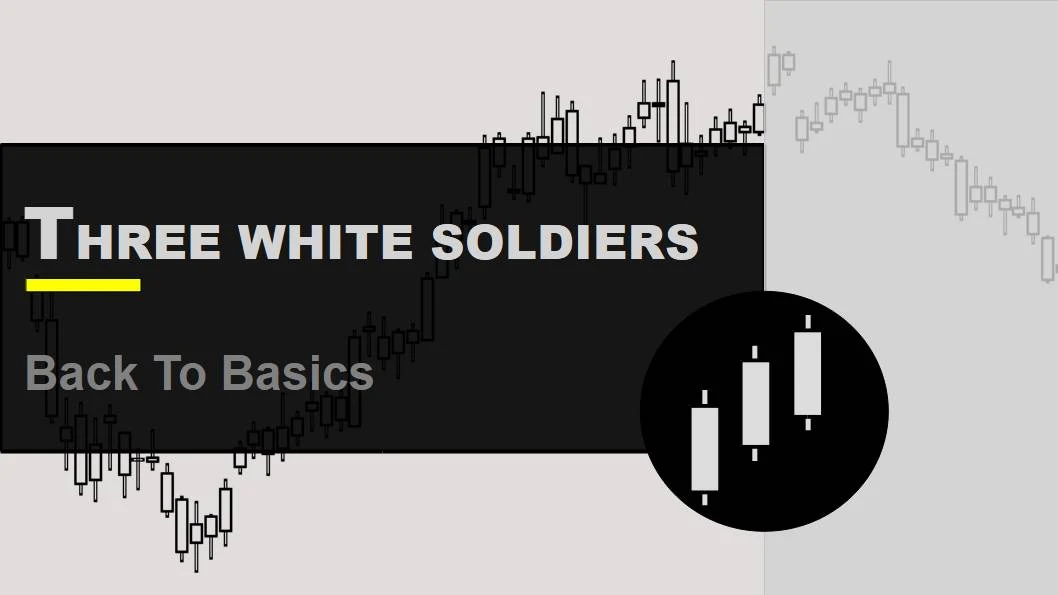Introduction to Morning Star Pattern

In this module, we are going to discuss the Morning Star pattern, which gives a very strong signal of a trend reversal (probably to uptrend). We'll show you what this looks like, its characteristics, and valid conditions for this candle.
In addition, we'll look at the psychology behind the Morning Star pattern and discuss predictions for the future.
The first thing we want to discuss with you is what a Morning Star pattern is.
During a downtrend, a three-candle pattern consisting of a large red candle, followed by a small-bodied candle, and then a large green candle is called a morning star pattern.
Morning Star Pattern Anatomy

Characteristics of a Morning Star Pattern
| Feature | Character |
|---|---|
| Formation | The pattern consists of three candles. |
| Color | The first candle is red (bearish), the second is small (can be red or green), and the third is green (bullish). |
| Real Body Position | The third candle’s body moves up and covers part of the first candle's body. |
| Shadow | Shadows can be present, but the second candle usually has long shadows. |
| Shadow Proportion | The second candle has a small body with longer shadows. |
| Range | The first candle has a big range, while the second is small, and the third candle has a wide range, moving higher. |
| Volatility | Volatility is low in the second candle, followed by high volatility in the third candle. |
| Trend | Appears in a downtrend, signaling a possible bullish reversal. |
| Momentum | The second candle shows slowing down of selling, and the third shows strong buying momentum. |
| Symmetry | The pattern is asymmetrical, with the second candle smaller than the first and third. |
| Volume | The third candle often has higher volume, showing stronger buying interest. |
Blueprint of a Morning Star Pattern on chart

A Morning Star Pattern occurs during a downtrend and indicates the possibility of a counter-trend, meaning a reversal to an uptrend.
Limitations of the Morning Star Pattern
- False Signal: In volatile markets, the Morning Star pattern may trigger premature or incorrect trade entries.
- Dependence on Confirmation: This pattern often requires additional confirmation from other indicators or price action to ensure accuracy.
- Movement: The Morning Star mainly suggests short-term bullish reversals, but it may not predict long-term market trends.
- Market View: The overall market structure can influence the effectiveness of the Morning Star pattern.
- Limited Use in Strong Trends: It may be less reliable in strong downtrends or uptrends, where reversals are less likely.
- Asset Variation: The pattern's success can vary depending on the financial instrument being traded.
- Point of View: Traders may interpret the Morning Star pattern differently based on their trading strategies.
- Volume Factor: Low trading volume can undermine the validity of the pattern, so volume should be taken into account.
Next In Line



